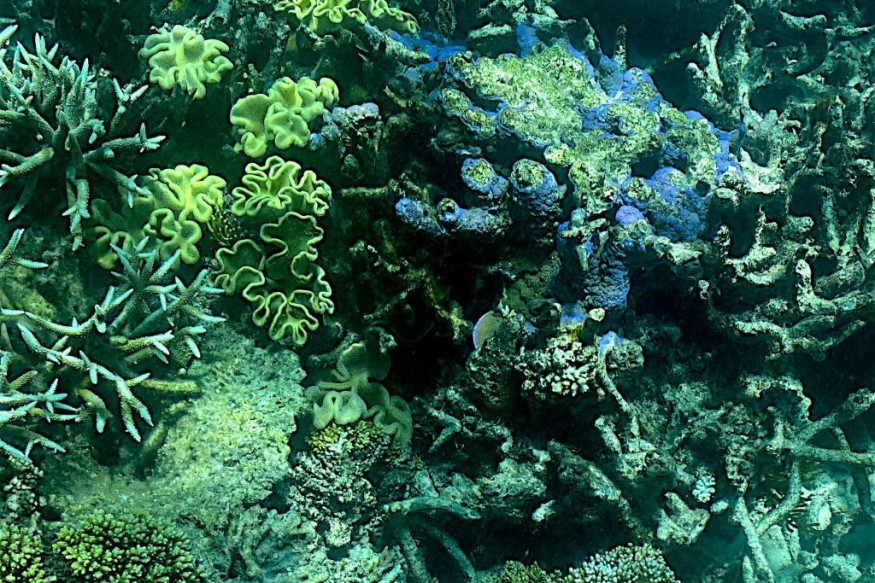
Concerns that the Great Barrier Reef is experiencing the most catastrophic mass coral bleaching event on record have increased after a conservation group released footage showing the damage up to 18 meters below the surface.
Worst Bleaching
Dr. Selina Ward, a marine biologist and former academic director of the University of Queensland's Heron Island Research Station, said the bleaching was the worst she had seen in 30 years of working on the reef, and some coral was beginning to die.
The Great Barrier Reef Marine Park Authority said last week that airborne scans of more than 1,000 individual reefs found that more than half had high or very high levels of bleaching, with a smaller percentage in the south-less than 10%-having extreme bleaching. Only roughly a fourth remained relatively unharmed.
It revealed that the 2,300-kilometer reef system was undergoing its fifth mass bleaching episode in eight years.
The authority reported that sea surface temperatures were 0.5 degrees Celsius to 1.5 degrees Celsius higher than normal for this time of year.
The Australian Marine Conservation Society published video and photographs that showed bleaching on the southern half of the reef, reaching deeper depths than previously documented this year.
Ward stated that the impact of bleaching was widespread throughout the 16 places she visited in the reef's southern part, harming coral species that were previously resistant to bleaching. Some coral had begun to die, which typically takes weeks or months after bleaching occurs.
"I feel devastated. I've been working on the reef since 1992 but this [event], I'm really struggling with," she added.
Coral bleaching occurs when a coral becomes heat strained and expels the small marine algae known as zooxanthellae, which dwell in its tissue and provide the majority of its colour and energy. With the zooxanthellae gone, the coral starves, revealing its bone-white calcium skeleton.
Protection From Heatwave
Some deeper regions of the Great Barrier Reef are protected from damaging heat waves, but this protection will be lost if global warming continues, according to new research.
The study led by the universities of Exeter and Queensland examined how shifting temperatures could affect mesophotic corals (depths of 30-50 meters).
It was discovered that separating heated buoyant top water from cooler, deeper water helps protect reefs from surface heat waves; however, this protection will be lost if global warming exceeds 3°C above pre-industrial levels.
According to the study, 3°C of global warming would raise mesophotic temperatures in the Great Barrier Reef above 30°C, which is a known threshold for coral mortality.
This would not necessarily mean that all coral would perish, but it would put the reef under stress, increasing mortality and maybe causing it to collapse.
According to the researchers, similar patterns could occur on other reefs throughout the world, but local conditions impacting how the water moves and mixes will determine how many deeper water coral refuges exist and remain insulated from surface heat waves.
"Coral bleaching is a dramatic sign of the impact humans are having on the planet," said Dr. Jennifer McWhorter, who led the research during a QUEX Ph.D. studentship at the universities of Exeter and Queensland.
Related Article : Great Barrier Reef: Flood Plumes, Heavy Waves Due To Cyclones Could Have Damaged Coral Reef System
© 2025 NatureWorldNews.com All rights reserved. Do not reproduce without permission.





